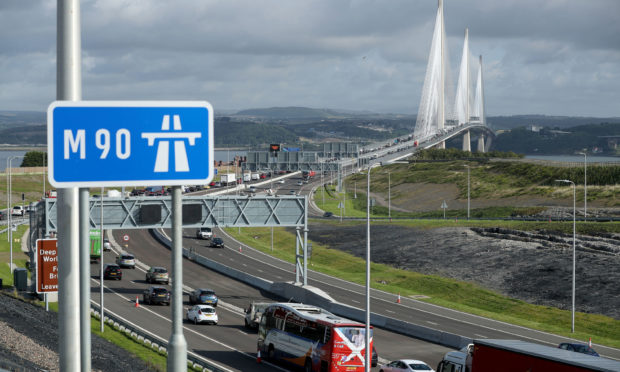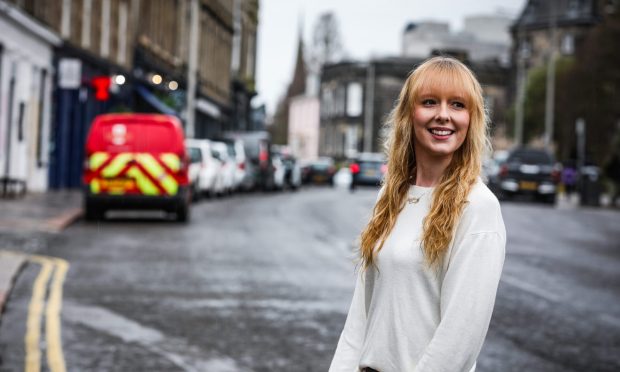An estimated 1.5 million more bus journeys over the Forth will be made by the end of this year than in 2016, the year the Queensferry Crossing opened.
Fewer private car journeys than expected have been recorded on the new span even though the route has been usable for longer due to its wind protection system allowing it to stay open when the old road bridge would have shut.
Transport Scotland say the data is still at an early stage and “complex”.
In 2016, around 4.5 million journeys were completed over the Forth road crossings.
This is expected to rise to more than 6 million by the end of this year, according to Stagecoach East managing director Douglas Robertson.
The rural economy and connectivity committee heard from experts from Stagecoach, Transport Scotland and Fife and Edinburgh Councils on the Queensferry Crossing public transport strategy.
It was reported last year 1 million more journeys had been completed across the bridge than in 2016, but this was fewer than predicted before its opening.
Mr Robertson added: “In the first full financial year from the opening of the bridge we saw growth of 12%, which is 460,000 additional passengers.
“In the second year we’ve seen 14% growth, which is 270,000 additional passenger journeys and in the last quarter the growth has risen 17%.
“We have seen growth in demand for services and it is accelerating over time. To meet that demand we have put on service improvements ahead of the opening and in July 2019, increased service provision.
“We have invested heavily in the frequency of services. There are now often departures every four to five minutes from Ferry Toll into Edinburgh airport.
“We really are seeing extra demand for those services. Going on the current movement pre-opening we carried 4.5million across the Forth.
“Next year we will likely carry 6 million passengers per year. It has been a fantastic success story from our side.
“Demand has gone up for the Queensferry Crossing but it has also gone up for public transport. The modal shift has not been within public transport, it has been from private transport to public.”
Despite the increase in bus journeys, the Scottish Greens argue congestion and traffic has got worse since the bridge opened.
Transport spokesperson John Finnie MSP said: “This evidence makes clear the Queensferry Crossing has not resolved congestion issues into Edinburgh.
“The growth in traffic is just not sustainable and it is clearly impacting on communities. The Scottish Government must listen to the experts. Bus lanes and road allocation isn’t going to solve the issue on its own.
“In a climate emergency there needs to be regular, reliable and integrated public transport, so that it becomes the easiest option. That’s why the Scottish Greens propose public ownership and phasing in free bus travel.”
Alison Irvine, director of transport strategy and analysis at Transport Scotland, said: “The Queensferry crossing does not have any additional capacity. Like the Forth Road Bridge it has two lanes crossing. What we do have is a more reliable crossing. The project was a replacement for traffic and we have always had that focus in promoting it across that corridor.
“Early indications show we are in progress to meet the planning objectives and we are seeing early signs the public transport strategy is encouraging more people to travel with sustainable transport modes.
“We don’t have two full calendar years of the motorway operation so it is important we don’t leap to conclusions about the rate of traffic growth. The data reported in the press in December is correct and is not the direction we want to go in.
“What the emerging data highlights is the current levels of flow is less than forecast. As part of the evaluation we will do lets us have more understanding around some of the changes.”
John Mitchell, of Fife Council, said plans for a new park and ride at Rosyth were ongoing, and that it would be a “generational change”, educating younger people on the benefits of public transport, which would reduce private car usage in the kingdom.
Meanwhile, Scottish Conservative MSP Liz Smith has written to transport secretary Michael Matheson over Fife commuter complaints about the approach to the bridges being congested.










